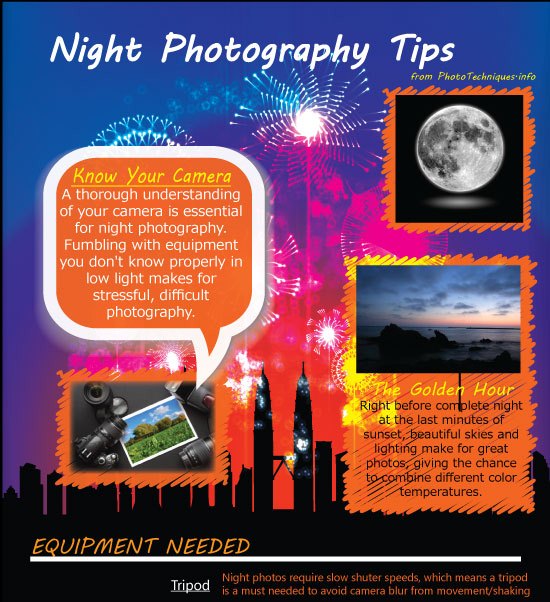What Every Digital Photographer Needs To Understand About Illumination
What Every Digital Photographer Needs To Understand About Illumination
Blog Article
Personnel Writer-Futtrup Riddle
As a professional photographer, you recognize that lighting can make or damage your images. Understanding the subtleties of both natural and man-made light is crucial for catching the state of mind and quality you aim for in your work. Whether you're chasing the perfect gold hour radiance or fine-tuning your synthetic setups, mastering these components can boost your digital photography dramatically. However there prevail challenges that numerous neglect, and acknowledging them can transform your approach to every shoot. Let's explore what you could be missing and exactly how it can impact your results.
Understanding All-natural Light
Recognizing all-natural light is crucial for any type of photographer looking to boost their work. It's the foundation of fantastic digital photography, affecting mood, tone, and clarity. When you fire outdoors, take note of the time of day. The golden hour-- soon after sunup and prior to sundown-- offers soft, cozy light that can change ordinary scenes right into spectacular photos.
Don't ignore the power of cloudy days. Cloud cover diffuses sunlight, developing a soft, even light that's best for portraits and macro photography. You'll locate shades pop in this type of illumination without extreme shadows.
Placing issues, too. Constantly consider your subject's positioning to the source of light. If the sunlight's behind your subject, you might wind up with a shape, which can be remarkable but mightn't be what you desire. Conversely, Photographer near me can create unflattering darkness.
Explore angles; often, changing your viewpoint can yield impressive results. Use all-natural reflectors, like water or sand, to bounce light onto your subject, including measurement.
Mastering Artificial Light
Grasping artificial light is necessary for photographers who want to take their skills to the following degree. Whether you're using speedlights, workshop strobes, or continual lights, comprehending how to manipulate these sources can considerably enhance your photos.
Begin by familiarizing yourself with the basics of light top quality, instructions, and color temperature. Explore different modifiers like softboxes, umbrellas, or grids to control the softness or harshness of the light.
You'll find that soft light typically creates flattering outcomes, while harsher light can add drama and depth. Do not avoid shadows; they can improve the three-dimensionality of your subjects.
Pay attention to the positioning of your lights. A light positioned too close to your topic can create uncomplimentary outcomes, while also far can lead to a lack of detail. Make use of a light meter or your electronic camera's histogram to ensure you're subjecting appropriately.
Last but not least, bear in mind that man-made light can be mixed with ambient light for innovative effects. Balancing these resources could take method, once you understand it, your photography will absolutely beam.
Techniques for Various Scenarios
When you enter various capturing situations, adjusting your illumination strategies is important for capturing the most effective pictures. For outdoor portraits, use the golden hour-- early morning or late afternoon light-- to soften shadows and enhance complexion.
If it's a harsh noontime sun, consider utilizing a reflector to bounce light back onto your topic or seek shaded areas for a much more also direct exposure.
In low-light circumstances, like indoor events, raise your ISO and make use of a broad aperture to let in even more light. A tripod can aid remove cam shake, permitting longer exposures without obscuring.
If you're shooting at night, try out off-camera flash to produce vibrant illumination and deepness in your pictures.
For product photography, use diffused lights to avoid extreme representations. Softboxes or light tents can aid attain this result.
When photographing landscapes, take into consideration the instructions of light and time of day, as it can drastically alter the state of mind of your shot.
Constantly be ready to adjust your setups and placing based on the scenario, as flexibility is key to grasping illumination in photography.
visit the up coming website
In conclusion, understanding lights is essential to boosting your digital photography skills. Accept all-natural light's charm throughout golden hour, and don't avoid trying out artificial light strategies. By adjusting your method to different circumstances, you'll catch sensational pictures that reverberate with feeling and clearness. Keep in mind, the ideal lighting can change a regular shot into something remarkable, so keep exercising and fine-tuning your understanding of both all-natural and man-made light. Delighted shooting!
